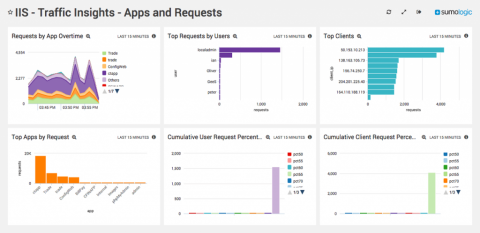What is Database Security?
Database security refers to the various measures organizations take to ensure their databases are protected from internal and external threats. Database security includes protecting the database itself, the data it contains, its database management system, and the various applications that access it. Organizations must secure databases from deliberate attacks such as cyber security threats, as well as the misuse of data and databases from those who can access them.




